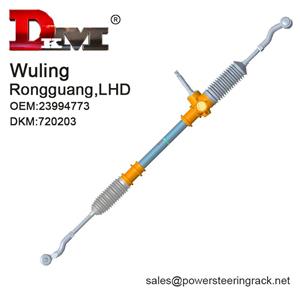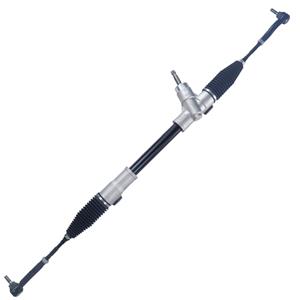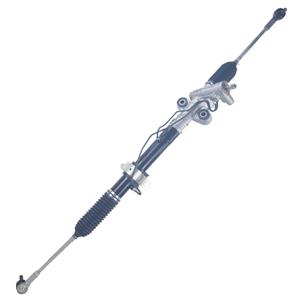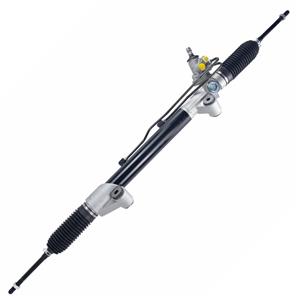In which year did all cars have power steering?
Power steering is an integral part of modern cars, which greatly improves the driver's control experience and makes driving easier. However, in the early days of automobile development, power steering was not a standard feature of cars, but gradually became popular over time. This article will discuss the question of "In which year did all cars have power steering", and will detail the development and popularization of the power steering system, as well as its profound impact on the automotive industry.
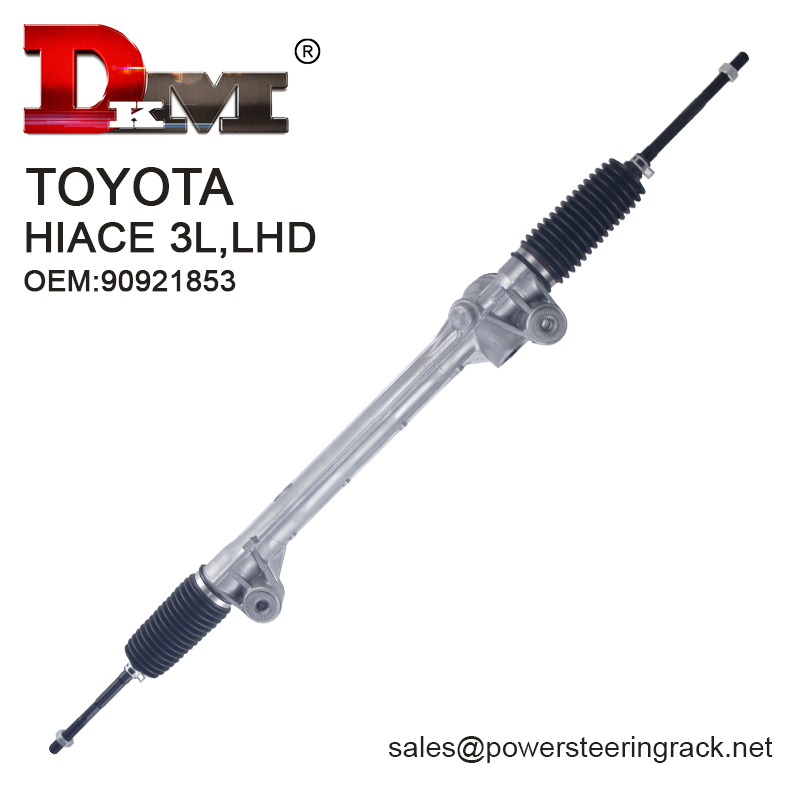
Origin of the power steering system
What is power steering?
Power steering system (Power Steering System) refers to the use of hydraulic or electric auxiliary systems to reduce the force required by the driver to turn the steering wheel, thereby improving the vehicle's handling. The main function of power steering is to provide the driver with additional steering assistance when driving at low speeds (such as parking or turning), while maintaining a smaller amount of assistance at high speeds to ensure the driver's precise control of the vehicle.
Early development of power steering system
The concept of power steering can be traced back to the early 20th century. In 1902, an American inventor first proposed the idea of using a hydraulic auxiliary system to improve car steering, but this technology was not widely used at the time. It was not until the 1920s and 1930s that some luxury brands began to experimentally install power steering systems as automotive technology continued to advance. However, early power steering systems were not widely popularized due to their high cost and complexity.
The first mass-produced power steering system
In 1940, Chrysler launched the world's first mass-produced power steering system. This system was called "Hydraguide" and was originally installed on the Chrysler Imperial model. The Hydraguide system provides steering assistance through a hydraulic pump, which greatly reduces the amount of effort required by the driver to turn the steering wheel. This innovation marked the official entry of power steering systems into the automotive market.
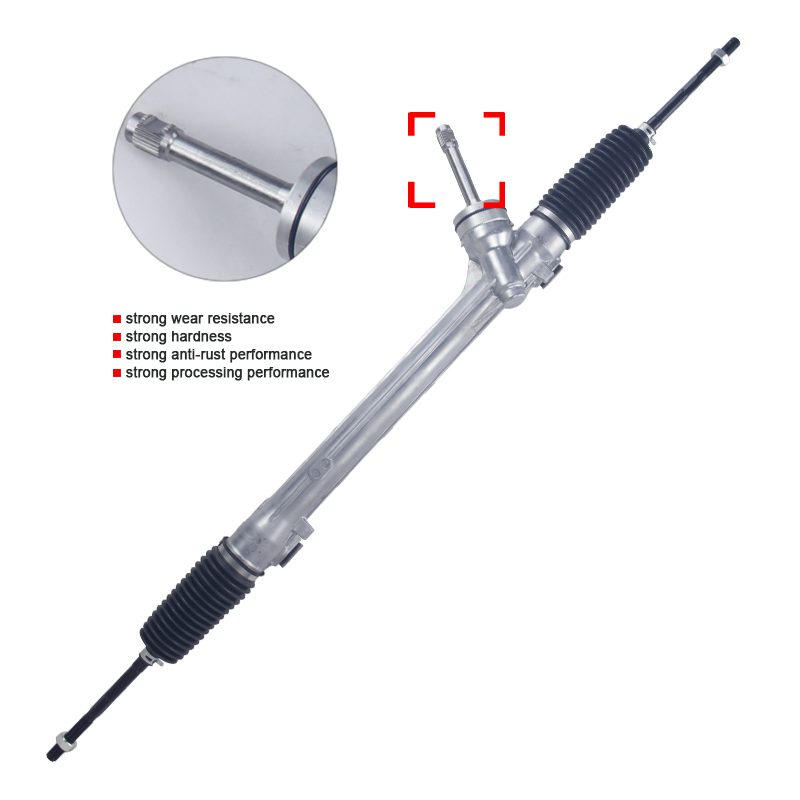
The popularization process of power steering systems
The 1950s: The gradual popularization of power steering
After Chrysler successfully launched the Hydraguide system, other automakers quickly followed suit. In the 1950s, power steering systems began to gradually appear on high-end and mid-range models. Luxury brands in the United States, such as Cadillac and Lincoln, have made power steering a standard or optional feature to improve the driving comfort and handling of their vehicles.
1960s: Power steering enters the mainstream market
With the advancement of hydraulic technology, the manufacturing cost of power steering systems has gradually decreased. By the 1960s, more and more low-end and mid-range models began to be equipped with power steering systems. Especially in the North American market, power steering has become a standard feature of more and more family cars. During this period, the popularity of power steering systems has accelerated significantly, and its application range has also expanded from luxury cars to most family cars and commercial vehicles.
1970s: Power steering becomes standard
In the 1970s, power steering systems gradually became standard features of cars worldwide. This trend is not limited to the United States. Automakers in Europe and Japan have also added power steering systems to their models. Especially in the context of rising oil prices, consumers' demand for easy driving has become more urgent, and the market demand for power steering systems has further expanded.
In the United States, almost all new cars in 1975 were equipped with power steering systems. In the European and Japanese markets, although the popularity of power steering is relatively slow, it has gradually become a standard feature in high-end and mid-range models. By the 1980s, almost all new cars around the world had standard power steering systems, with only a few exceptions for cheap models.
Technical evolution of power steering system
Hydraulic power steering system
The earliest power steering systems were basically based on hydraulic technology. The hydraulic power steering system (HPS) uses the engine to drive the hydraulic pump to provide power to the steering rack or gear through hydraulic pressure. Although this system can significantly reduce the driver's operating force, it has certain disadvantages in fuel consumption and efficiency because it relies on engine power. In addition, the complexity of the hydraulic system also makes the maintenance cost high.
Electro-hydraulic power steering system
With the development of electronic control technology, the electronic hydraulic power steering system (Electro-Hydraulic Power Steering, EHPS) came into being in the 1990s. This system adds an electronic control unit to the traditional hydraulic system, which can intelligently adjust the power size according to the driving status of the vehicle. The EHPS system improves steering accuracy while also improving fuel economy.
Electric Power Steering System
In the 21st century, the Electric Power Steering (EPS) system has gradually replaced the hydraulic power steering system and become the mainstream. The EPS system is completely powered by electric motors and no longer relies on hydraulic pumps and hydraulic oil, which greatly reduces the complexity and maintenance costs of the system. More importantly, the EPS system can adjust the power size in real time according to driving conditions, providing a more flexible driving experience. Due to its advantages in energy efficiency, environmental protection and controllability, the EPS system has quickly become the first choice of global automakers.
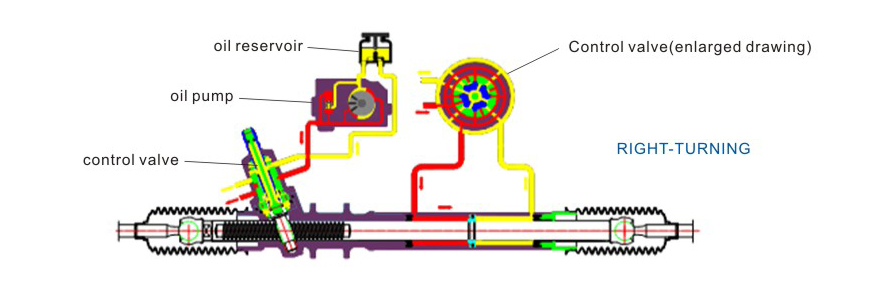
The significance of the popularization of power steering systems
Improving driving safety
The widespread use of power steering systems has significantly improved driving safety. Whether it is hydraulic power steering or electric power steering systems, they can help drivers control vehicles more easily, especially when making emergency turns or driving at high speeds. The power steering system not only reduces the burden on the driver, but also enhances the vehicle's handling stability under complex road conditions.
Improving driving comfort
Another important function of the power steering system is to improve driving comfort. Especially in urban roads and congested traffic environments, power steering systems allow drivers to turn the steering wheel more easily and reduce fatigue. Power steering systems are particularly important for situations that require frequent steering, such as parking or slow turns.
Driving technological progress in the automotive industry
The popularity of power steering systems has not only changed the driving experience, but also promoted technological progress in the automotive industry. In order to meet the needs of different models and markets, automakers have made a lot of innovations and improvements in power steering technology. For example, with increasingly stringent environmental regulations, the emergence and popularization of electric power steering systems is to improve fuel economy and reduce emissions.
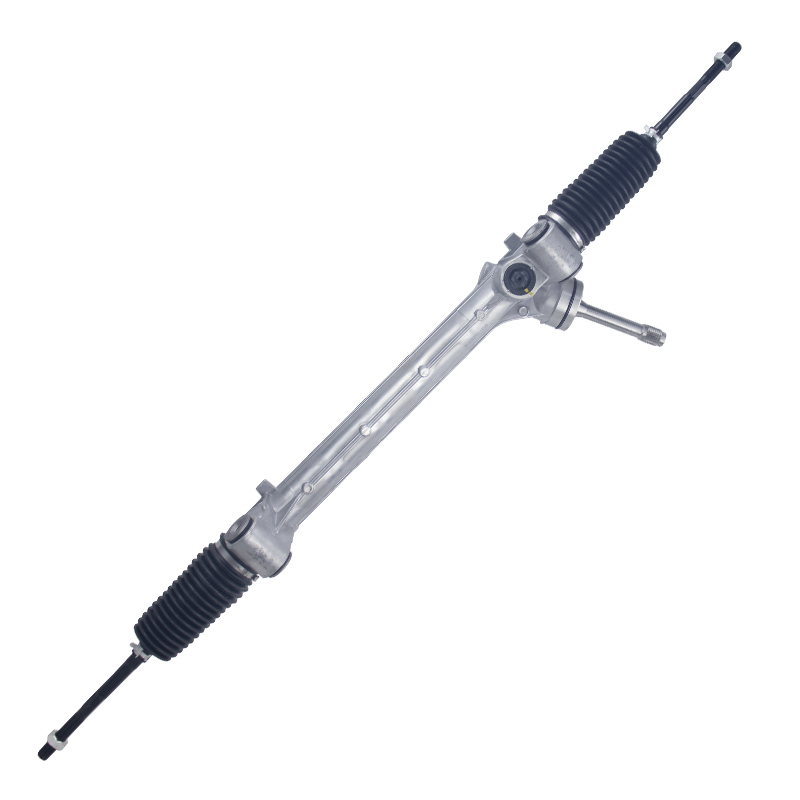
Milestones in the popularization of power steering systems
Late 1970s: Global Popularization
Although power steering technology was proposed as early as the early 20th century and entered the market in the 1940s, it was not until the late 1970s that it truly became a standard in the global automotive market. Around 1975, almost all new cars in the US market were equipped with power steering systems, and in the European and Japanese markets, this technology gradually became a mainstream configuration. It can be said that the late 1970s was an important milestone in the popularization of power steering systems.
2000s: The rise of electric power steering
As technology developed, electric power steering began to gradually replace traditional hydraulic systems and become the new standard in the late 20th and early 21st centuries. Especially in the context of increasing environmental awareness and higher fuel economy requirements, EPS systems quickly became the first choice of major automakers due to their high energy efficiency, simple structure and low maintenance costs.
A sign of popularity in the global automotive market
Although it is difficult to pinpoint the exact year when all cars were equipped with power steering systems, it is certain that by the beginning of the 21st century, almost all new cars around the world were equipped with this system. Especially in developed countries, power steering systems have become a must-have for new cars. In developing countries, with economic development and consumers' increasing requirements for driving experience, the popularity of power steering systems is also accelerating.

